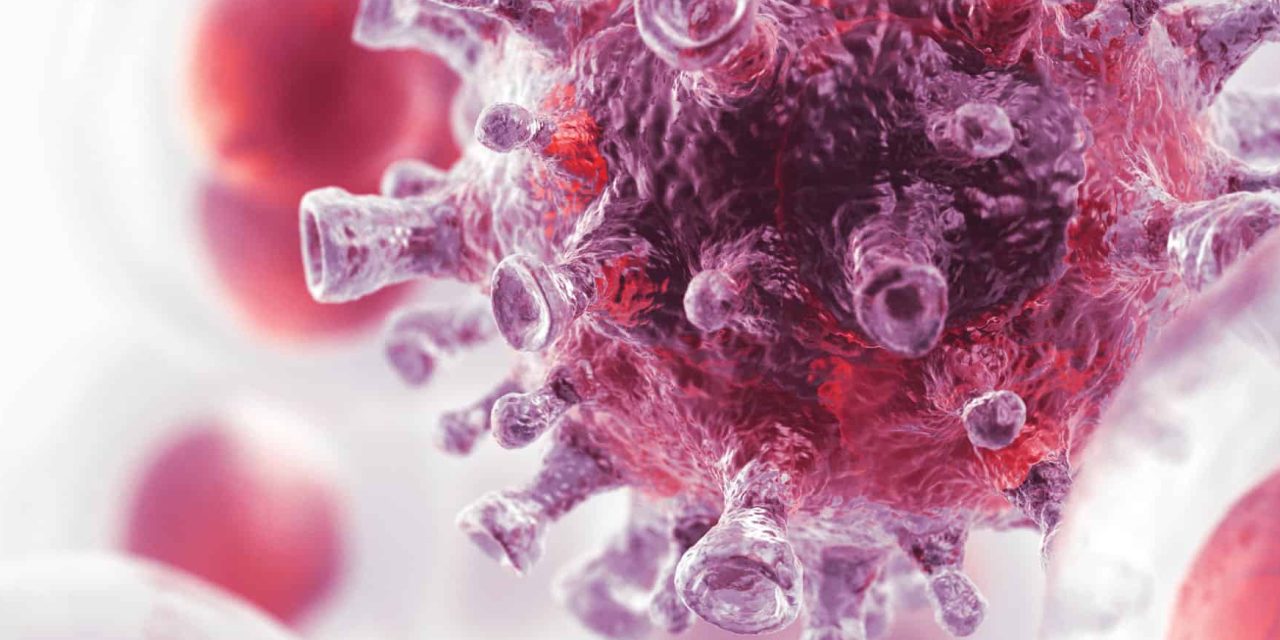To describe HPV vaccination practice among adolescent girls with cystic fibrosis (CF) and to identify reasons for non-vaccination.
Cross-sectional multicentric study.
and Participants: Girls aged 9 to 17, attending 7 French paediatric CF centres and their accompanying adult.
The administration of a self-report questionnaire.
The proportion of girls having received or receiving HPV vaccination, compliance with the vaccination schedule, factors associated with vaccination, and reasons for vaccination and for non-vaccination.
A total of 113 girls and 104 accompanying adults participated. The mean age was 13.6 (SD 2.5) (range 9-17). A total of 34 (30.9%) patients declared having received HPV vaccination. Among the 34 girls aged 15 or older, 15 (44.1%) were vaccinated. Most patients (58.8%) started vaccination between 11 and 14 years of age (mean age 13.9). Most vaccine prescriptions (67.6%) were made by a CF centre health care provider. Factors associated with vaccination were older age (OR=1.27 (95% CI=1.01-1.6), p=0.037 for each year older), previous vaccination by the accompanying parent of one of their children for hepatitis B (OR=8.01 (95% CI=0.96-67.02), p=0.055), and parental influence on decision-making (OR=2.77 (95% CI=0.97-7.95), p=0.058). Health-care providers’ positive advice and fear of HPV-related disease were the main reasons given to justify vaccination decisions. Insufficient knowledge, and concerns about potential side effects were the main barriers.
HPV vaccination remains insufficient among girls with CF. CF health-care providers may play a crucial role in HPV vaccination acceptance, and their sensitization to cervical cancer prevention is mandatory.
Copyright © 2020. Published by Elsevier Inc.
Human Papilloma Virus Vaccination Among Female Patients Attending French Paediatric Cystic Fibrosis Centres.


